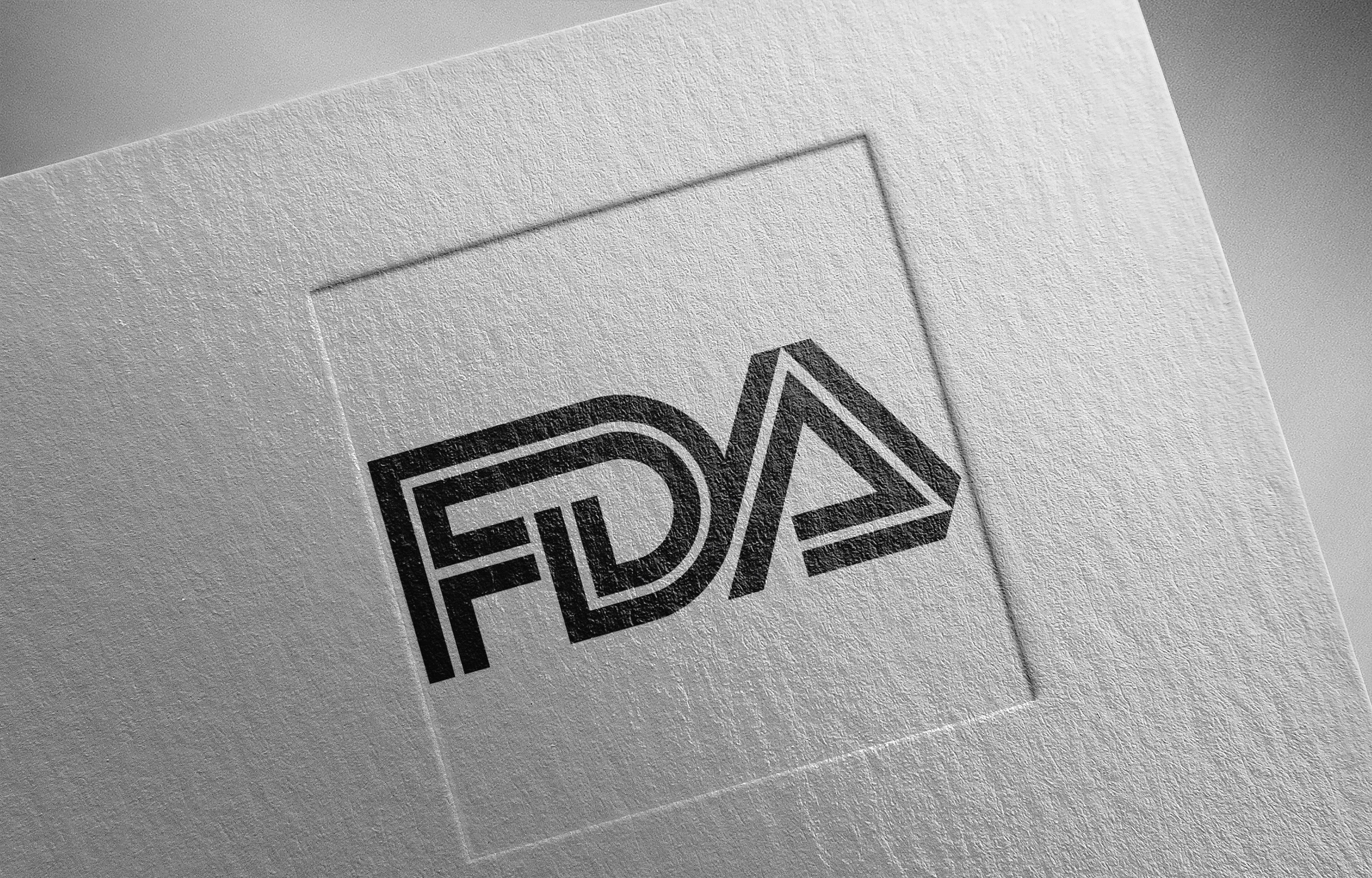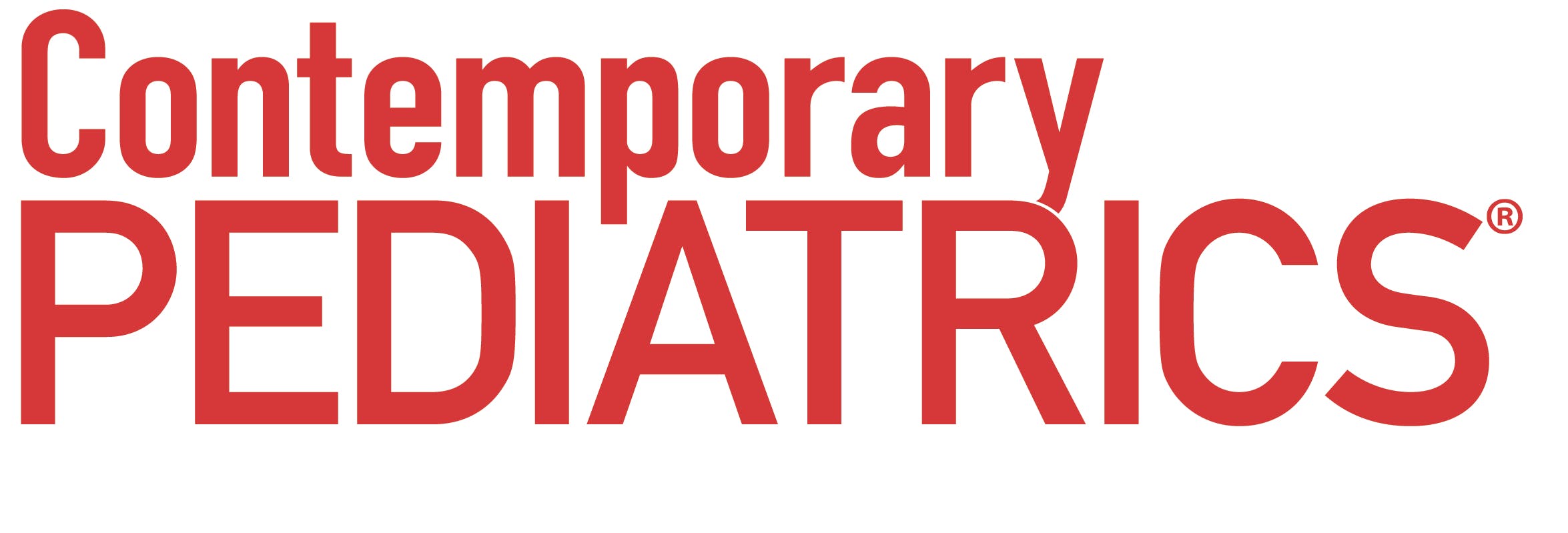Pemivibart receives EUA to prevent pre-exposure prophylaxis of COVID in immunocompromised adolescents
The initial dose of pemivibart is 4500 mg, which is administered as a single intravenous infusion. A repeat 4500 mg dose should be administered every 3 months if ongoing protection is needed, stated the FDA.
Pemivibart receives EUA to prevent pre-exposure prophylaxis of COVID in immunocompromised adolescents | Image Credit: © Araki Illustrations - © John Doe - Araki Illustrations.

Pemivibart (PEMGARDA; Invivyd), for the pre-exposure prophylaxis (prevention) of COVID-19 in adolescents aged 12 years and up (who weigh at least 40 kg) and adults who have moderate-to-severe immune compromise that are unlikely to mount an adequate response to COVID-19 vaccination, has been granted Emergency Use Authorization (EUA) by the FDA.1
According to the federal agency, pemivibart (formerly VYD222) is authorized for those who are not currently infected with SARS-CoV-2 and who have not had a known exposure to an individual infected with SARS-CoV-2.1,2
The half-life extended monoclonal antibody is also authorized for those who have moderate-to-severe immune compromise.2
The initial dose of pemivibart is 4500 mg, which is administered as a single intravenous infusion. A repeat 4500 mg dose should be administered every 3 months if ongoing protection is needed, stated the FDA.2
“People who are immunocompromised continue to be disproportionally impacted by COVID-19 even after receiving multiple vaccine doses," said Cameron Wolfe, MBBS, MPH, professor of medicine, Transplant Infectious Disease, Duke University School of Medicine. "I’m excited to have [pemivibart] as an additional COVID-19 preventive option for moderately to severely immunocompromised adult and adolescent patients, such as solid organ transplant recipients and those with hematological malignancies. These types of patients, among others, continue to have both an impaired response to vaccines and a higher risk for severe COVID-19 outcomes."1
The EUA is based on data from the CANOPY trial, an ongoing phase 3 trial that enrolled adults aged 18 years and older in a pair of cohorts. Cohort A, a single-arm, open-label trial in adults who have moderate-to-severe immune compromise features 306 participants.
In cohort B, 317 individuals participated in a 2:1 randomized, placebo-controlled trail in which adults who do not have moderate-to-severe immune compromise received pemivibart (n = 317) or placebo (n = 162).
The primary outcome for Cohort A was based on calculated sVNA titers on day 28 following pemivibart administration, compared to the calculated day 28 reference titer derived from historical day 90 data from the EVADE trail, a phase 2/3 trial of adintrevimab for PrEP and post-exposure prophylaxis of symptomatic COVID-19 SARS-CoV-2 naïve, unvaccinated individuals.1
The EVADE trail demonstrated that "a neutralizing titer of 3514 on Day 90 was associated with approximately 70% clinical efficacy in the PrEP cohort (approximately 70% relative risk reduction in development of symptomatic COVID-19 between the adintrevimab and placebo arms)," stated Invivyd.1
For the CANOPY immunobridging endpoint, JN.1 was selected as the variant for analysis, as it was the most relevant SARS-CoV-2 variant circulating in the United States at the time of analysis.1
According to Invivyd, the immunocompromised cohort data revealed the following:1
- The Day 28 calculated sVNA titer for VYD222 against JN.1 was 7365 (90% CI: 7148, 7589).
- The ratio between the Day 28 titer for VYD222 against JN.1 of 7365 and a Day 28 adintrevimab reference titer of 8944 was 0.82 (90% CI: 0.80, 0.85), showing that immunobridging was established in the CANOPY clinical trial.
- The Day 90 calculated sVNA titer for VYD222 against JN.1, prior to redosing, was 3199 (90% CI: 2995, 3418).
- The titers against JN.1 are projected to stay above the reference titer of 3514 for approximately 77 days (median) following a single dose of VYD222 (Figure 1).
- The range of titers achieved against JN.1 for 3 months following administration of VYD222 were consistent with the titer levels associated with efficacy of other SARS-CoV-2 targeting mAbs in prior clinical trials.
Pemivibart is contraindicated in individuals with previous severe hypersensitivity reactions, including anaphylaxis, to any component of pemivibart.
Click here for additional safety information from Invivyd.1
References:
1. Invivyd announces FDA authorization for emergency use of PEMGARDA (formerly VYD222) for pre-exposure prophylaxis (PrEP) of COVID-19. Invivyd Inc. Press release. March 22, 2024. Accessed March 25, 2024. https://www.biospace.com/article/releases/invivyd-announces-fda-authorization-for-emergency-use-of-pemgarda-formerly-vyd222-for-pre-exposure-prophylaxis-prep-of-covid-19/#:~:text=PEMGARDA%20(pemivibart)%20injection%20(4500,to%2Dsevere%20immune%20compromise%20due
2. FDA authorizes new long-acting monoclonal antibody for pre-exposure prevention of COVID-19 in certain immunocompromised individuals. FDA. Email press release. March 22, 2024. Accessed March 25, 2024.
Omalizumab outperforms oral immunotherapy in treating multi-food allergy
March 27th 2025A new clinical trial has found that omalizumab (Xolair; Genetech, Novartis) is more effective than oral immunotherapy (OIT) in treating multi-food allergy in individuals with severe allergic reactions to small amounts of common food allergens.















